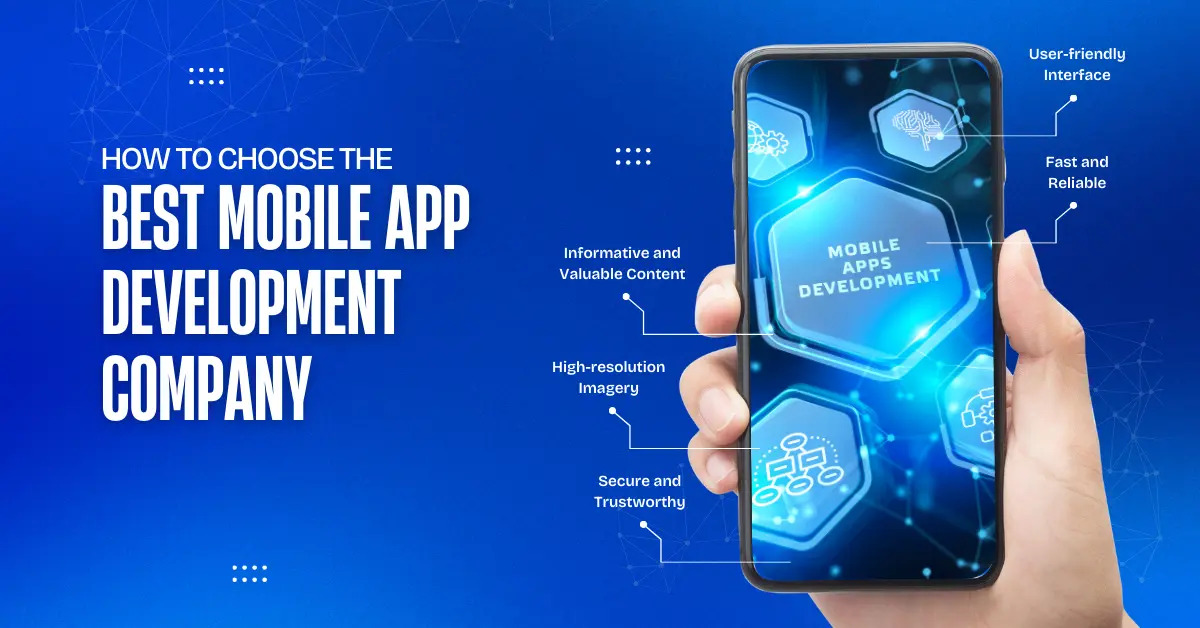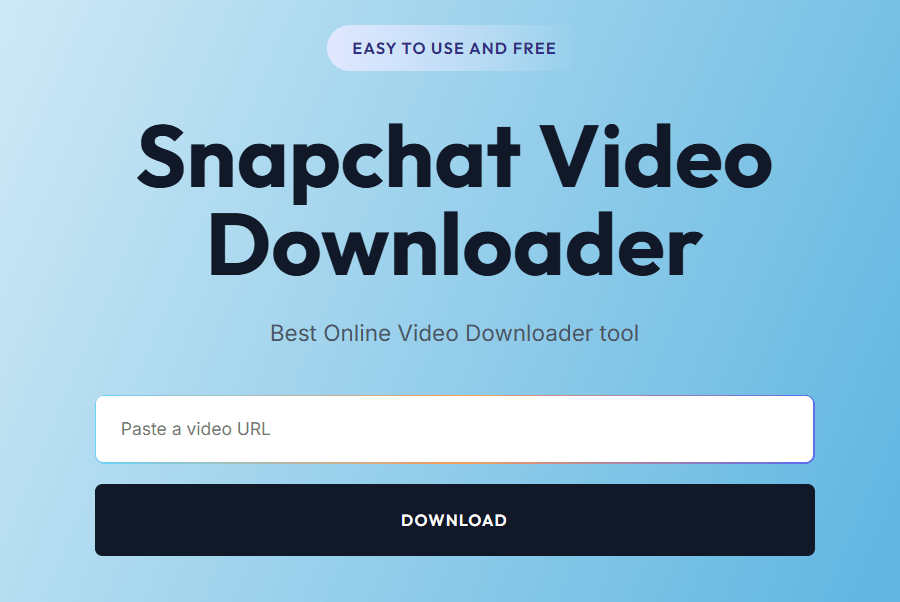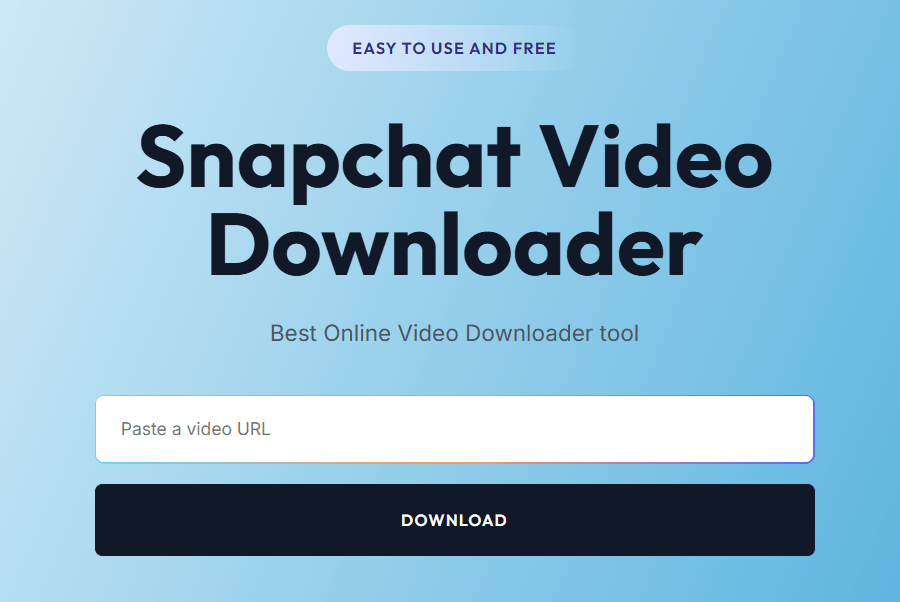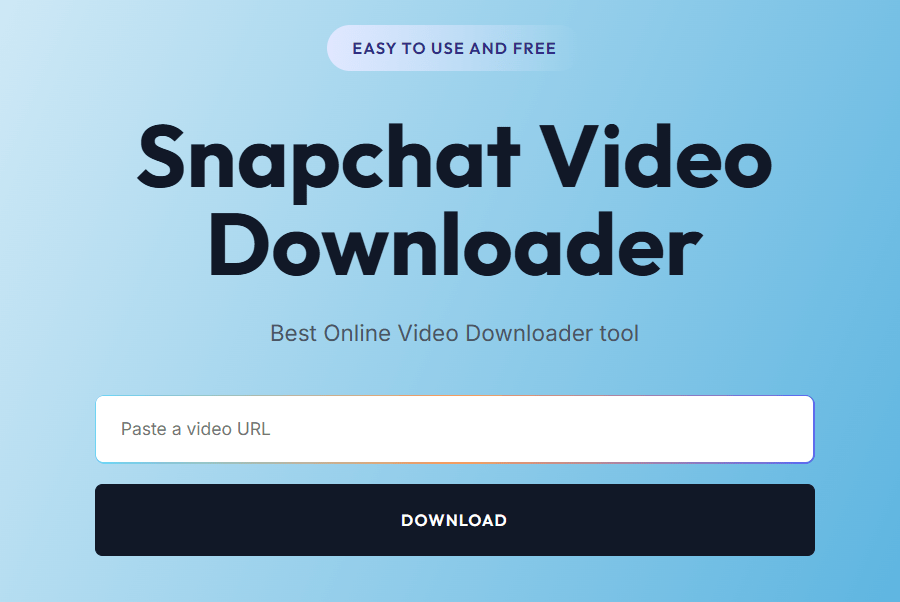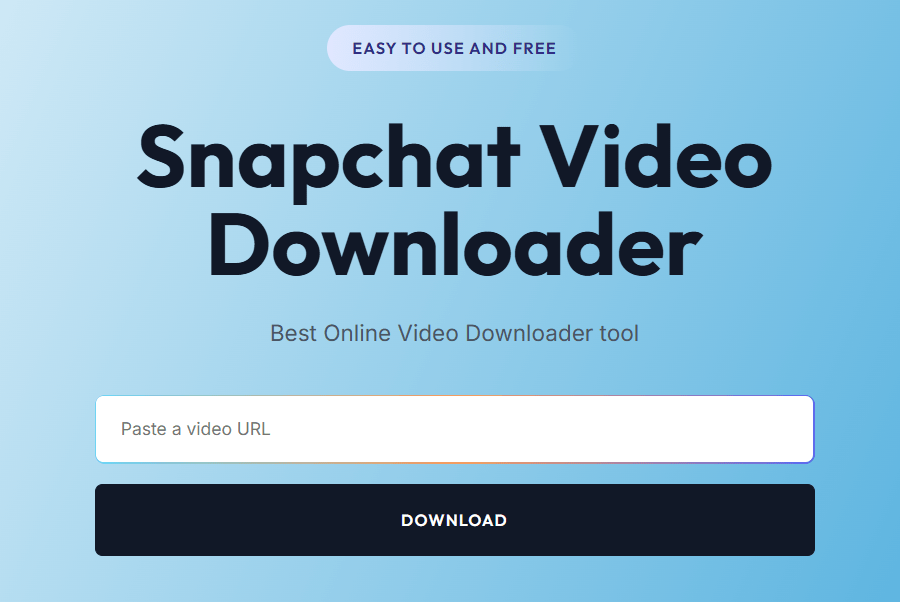Step by Step Guide to Build a Careem Clone App

Strong 8k brings an ultra-HD IPTV experience to your living room and your pocket.
The ride-hailing industry is reshaping urban transportation by making commuting more convenient and accessible worldwide. Fueled by rapid urbanization and growing demand for on-demand mobility, the global ride-hailing market is expected to reach around $253 billion by 2025, with a compound annual growth rate (CAGR) near 20%. Apps like Careem have set industry benchmarks by providing reliable, user-friendly services in multiple cities, highlighting substantial opportunities for new entrants.
For entrepreneurs aiming to capitalize on this booming sector, building a Careem clone app is a strategic move to quickly capture market share without starting from scratch. This guide will walk you through the essential steps, including app workflow, must-have features, revenue models, and development strategies, helping you create a competitive and scalable ride-hailing platform tailored to today’s dynamic market demands.
What is a Careem Clone App?
A Careem clone app is a ready-made or custom-built ride-hailing application that replicates the core features and functionality of the popular Middle Eastern ride-sharing platform, Careem. It allows entrepreneurs and businesses to launch their own on-demand taxi service with features like real-time ride booking, GPS tracking, fare estimation, driver and rider management, multiple payment options, and more.
How Does a Careem Clone App Work?
A Careem clone app operates using a straightforward workflow designed to enhance user convenience and operational efficiency:
- User registration: Passengers and drivers create their accounts by providing contact details or linking social media profiles. This process ensures secure user identification and personalized access to app services.
- Ride booking: Passengers initiate a ride request by entering accurate pickup and drop-off locations on the app, customizing their trip preferences before submitting it to find a suitable driver.
- Driver assignment: The app employs GPS and algorithmic matching to connect the passenger’s request with the nearest available driver, optimizing response time and ensuring efficient allocation of ride resources.
- Real-time tracking: Both passenger and driver can monitor each other’s locations live on an interactive map, enabling transparent communication and reducing uncertainty during the wait and ride duration.
- Ride completion and payment: At the end of the ride, passengers complete payment using multiple options like cash, credit/debit cards, or digital wallets, providing convenience and flexibility to suit varying preferences.
- Ratings and reviews: Passengers and drivers rate one another after each trip, fostering mutual accountability. These reviews help maintain service quality and assist future users in making informed decisions.
- Admin Management: The admin panel centrally monitors all platform activities including user and driver management, booking records, payment processing, and resolving disputes, ensuring smooth operations and scalable business growth.
Revenue Model of Careem Clone App
A well-designed Careem clone app can generate revenue through multiple channels:
- Commission from Drivers: Typically, the app takes a commission on every ride completed. This is the primary revenue stream for most ride-hailing services. The commission can range from 10% to 30% per ride, depending on factors like market conditions and competition.
- Surge Pricing: During peak hours or when demand is higher than usual, the app can apply surge pricing, which increases the fare. This helps balance demand and supply while increasing revenue for the platform.
- Subscription Models: Some apps offer subscription packages for regular users or businesses, offering discounted rides in exchange for a fixed monthly fee.
- In-App Advertising: You can generate additional income by allowing businesses to advertise within your app, either through banner ads or sponsored content.
- Partnerships and Promotions: Collaborating with local businesses, restaurants, and events can open up avenues for promotional rides or sponsored partnerships, further boosting your income.
Key Features to Include in Your Careem Clone App
To build a Careem clone app that stands out in the competitive ride-hailing market, it's crucial to integrate all the essential features that ensure seamless functionality, user satisfaction, and operational efficiency. Below are the must-have features to include in your app for long-term success.
Rider App Features
- User-friendly interface: A simple and intuitive design ensures easy navigation for all users. Clear menus and seamless booking options enhance the user experience.
- Real-time tracking: GPS integration allows riders to track driver location and estimated arrival time. It adds transparency and ensures timely updates.
- Multiple payment options: Provide flexibility with various payment methods, such as cards, wallets, and cash. This caters to diverse user preferences and increases convenience.
- Fare estimation: Display the ride cost before booking to maintain pricing transparency. It helps users make informed decisions and builds trust.
- Ride scheduling: Let users book rides in advance by selecting a preferred date, time, and vehicle type. Ideal for planned trips like airport pickups or meetings, ensuring timely and stress-free travel.
- In-app Chat and Call: Enable riders to communicate directly with drivers via secure voice calls or chat messages within the app. This improves coordination and solves last-minute queries without revealing personal phone numbers.
- Ride History & Receipts: Allow riders to access their past rides and download detailed receipts or invoices for expense tracking or reimbursement purposes, improving transparency and record-keeping.
Driver App Features
- Driver verification: Implement a secure onboarding process that includes document verification, background checks, and vehicle inspections. This ensures only qualified and trustworthy drivers join your platform, prioritizing rider safety
- Trip history: Drivers can view records of completed trips and earnings. It helps them track performance and manage finances.
- Ride Request Management: Enable drivers to accept or decline ride requests, view ride details before accepting, and set availability (online/offline). This gives them flexibility and control over their working hours and ride preferences.
- Earnings dashboard: Provide real-time updates on daily and weekly earnings. This gives drivers clear insights into their income.
- Navigation support: Built-in maps guide drivers with optimized routes and turn-by-turn directions. It reduces travel time and enhances service quality.
- SOS button: An emergency alert feature allows drivers to seek help instantly. It ensures safety during rides in critical situations.
Admin Panel Features
- User management: Monitor rider and driver activities to maintain smooth platform operations. Approve new drivers or deactivate problematic accounts efficiently.
- Earnings reports: Generate detailed reports to track revenue and platform performance. These insights help plan strategies for growth.
- Ride analytics: Analyze ride patterns and user preferences for better decision-making. It enables data-driven improvements to enhance user experience.
- Promotions and discounts: Create and manage promotional campaigns to attract and retain users. Special offers help increase bookings and engagement.
- Dispute Resolution System: A centralized module for admins to manage and resolve disputes between riders and drivers efficiently, including fare disagreements, lost items, or misconduct reports.
- Dynamic Pricing Management: Implement controls for admins to set surge pricing or discounts dynamically based on demand, location, and time, maximizing profitability while balancing customer satisfaction.
Developing a Careem Clone App: Step-by-Step Guide
1. Market Research and Planning: Analyze your target market to understand user preferences and pain points. Study competitors to identify gaps and opportunities for differentiation. Define unique features that will set your app apart from existing options.
2. Define Requirements: Outline the app’s core features, such as real-time tracking, ride scheduling, and in-app payments. Choose a tech stack and decide whether the app will be for iOS, Android, or both.
3. UI/UX Design: Design a user-friendly interface with smooth navigation and visually appealing elements. Focus on creating a seamless experience for both riders and drivers.
4. Backend Development: Build a robust backend to manage ride requests, user data, and real-time tracking. Use scalable technologies to handle peak loads and ensure secure data processing. The backend should integrate seamlessly with the frontend for smooth operations.
5. Integration of APIs: Integrate APIs for map services, payment gateways, and push notifications. Popular choices include Google Maps API and Stripe for payments.
6. Choose Your Development Approach: There are two main options when developing a Careem clone app:
- Custom Development: Custom Development involves building a ride-hailing app from scratch, offering full control over design, features, and scalability. This approach allows businesses to create a unique, fully tailored platform but requires significant time, skilled resources, and a higher budget.
- Ready-Made Solution: Opting for a white-label solution, like VivoCabs, offers a quicker, cost-effective way to launch your app. With a ready-made Careem clone app, you can bypass many of the complex development stages and focus on branding and the growth of your business.
Conclusion
In conclusion, building a Careem clone app presents an excellent opportunity to tap into the rapidly expanding ride-hailing market, which is expected to reach substantial valuations by 2025 with strong growth rates globally. By understanding the app’s workflow, key features, and revenue models, entrepreneurs can develop a competitive platform like Careem tailored to modern user demands. Whether choosing custom development for full control or ready-made solutions for faster deployment, the approach should align with business goals and resources. With the right strategy and execution, a Careem clone app can effectively capture market share and deliver scalable, efficient on-demand mobility services.
Note: IndiBlogHub features both user-submitted and editorial content. We do not verify third-party contributions. Read our Disclaimer and Privacy Policyfor details.



